History/driving impression originally published in AutoWeek November 12, 1990; republished by the author
English is an efficient and purposeful language, but Italian is more exquisite and elegant. Consider the descriptive and direct term “four-door.” Then consider the Italian equipment: “Quattroporte.” Say it Italian-style, pronouncing the final “e” (as a long “a”), and you can barely keep from adding an exclamation point as well.
Quattroporte!
Of course.
Perhaps it is not surprising then when Maserati introduced its first sedan in 1963, it eschewed the “5000 Berlina” tag and used the Italian word for four-door.
That original Quattroporte had a 4.2-liter version of the 5000GT’s 5.0-liter V8, but the Frua design was controversial at best – a sports car snout grafted onto a Rambler-like greenhouse and an undistinguished rear end. One reviewer called it “elegant.” Another coughed up a “not inspiring.” Whatever, it was definitely a break from the traditional Maserati racers and contemporary sporting 3500 GT coupes.
Its plush interior and impressive performance for a 3900 LB car (0-60 mph in 8.3 seconds, the quarter-mile in 16.4 seconds, with a 130 mph top speed) attracted 759 buyers by 1969.
About that time, Frua designed a replacement for the Quattroporte. And, apparently on a Maserati Indy chassis, also built a fully functional example. Maserati did not put it into production, however, probably due to its pending marriage with Citroen.
That French affair resulted in the Citroen SM, powered by the dohc V6 that Maserati built for the French firm. The V6 engine was used in an even less-successful offspring, the Quattroporte II. Citroen hydraulics, with independent four-wheel hydropneumatic suspension with ride-height selection and automatic self-leveling, was used.
But Bertone’s styling was undistinguished except for a fussy C-pillar. And the 3.0-liter six had to haul about 3750 LBS of luxury car. It’s not surprising Maserati’s brochure for the car mention neither horsepower nor performance. It’s no surprise, either, that only five Quattroporte II’s were built.
Interestingly, those five were built between 1975 and ‘77, after Alejandro de Tomaso bought out Citroen. Also during that time, work had begun on the new Quattroporte that debuted at the Turin Motor Show in late 1976. But the new model didn’t actually start production until 1979.
The new Quattroporte flew in the face of the fuel crisis ‘70s. Weighing 4650 lbs, it was powered by a dohc V8 with 4930 cc (301 cid) displacement and four two-barrel Weber 42 DCNF carburetors. Good for 288 HP at 5200 rpm and 308 lb ft of torque at 3000 rpm, it could turn the quarter-mile in 17.1 seconds and post 0-60 times of 9.3 seconds.
The cost, of course, was in fuel mileage. EPA rated it at 8 mpg city, 10 highway. Naturally, anyone who paid more than $60,000 for the car could afford to fill the 28.4-gallon fuel tank at every 250 miles or so.
There’s no denying the Quattroporte’s presence – impeccable in its Giugiaro-penned styling as a John Weitz shirt. It’s a cliche, but the four-door makes a statement even at rest, particularly when it’s parked. This is one the valet will leave out front.
But despite its mass, the Q-porte acquits itself well on the road. Fully independent suspension allows no nonsense from the chassis, keeping it level and free from odd motions. The massive Michelin XWX 225/70VR15 tires have far more grip than the slippery soft leather seats. The Quattroporte doesn’t take to being tossed about, but then neither does a linebacker named Vito. Every family sedan should be as good.
The Quattroporte is one of a few cars in which the rear seat isn’t second cabin, though it is contoured for a pair of derrieres. The middle passenger in the rear rides the hump and straddles the console. Maserati, in all fairness, called it “4+1” seating.
But lucky the chauffeur who drives the Q-porte with its fabulous woodwork – slick enough to be plastic – which runs across the dash and down the doors. And the driver gets a full set of instruments Italian-style in a rectangular pod. Unfortunately, the only transmission available was the venerable Chrysler Torqueflite three-speed automatic, with a lockup torque converter in later days. The Quattroporte II had only a five-speed manual, and the original Q-porte had a five-speed ZF manual standard, with a three speed Borg-Warner automatic optional. And four-wheel disc brakes have been on all Quattroporte’s since the beginning.
The truth is the Quattroporte never was part of de Tomaso’s vision for the new Maserati. The Bi-turbo was to have been the mass-production Maser, at least in terms equal to BMW and Mercedes. It didn’t work out that way, and the future of Maserati now lies the way of limited-production sports cars and exotics.
Today the Quattroporte is gone from the US market, though de Tomaso builds a Quattroporte Royale or two per month for well-heeled Europeans on a bespoke basis.
This “fourth-generation” Quattroporte uses the same multi-carbureted 4.9-liter V8, as well as the same chassis and body. But the latter has been “softened” – its sharp edges rounded – the interior upgraded with trays that fold out of the doors, a small refrigerator and such.
And this price is now even more in the if-you-have-to-ask…range.
The Maserati Quattroporte was always for those few with money and the flair for the unusual. Or a wish for something other than the socially safe Mercedes. And it will continue as long as Alehandro de Tomaso can find customers for this grand car with four cams, four carbs, and four Italian doors.
Addendum: Yes, I could road trip one of these. How about you?










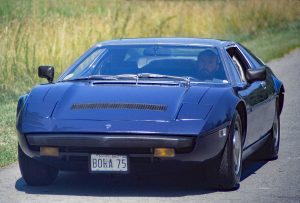
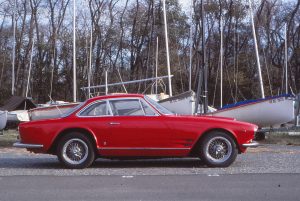
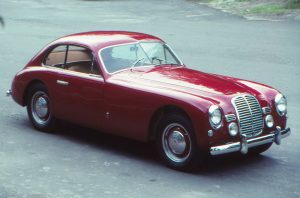
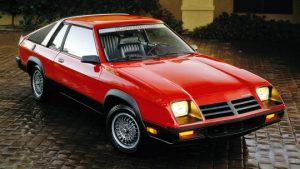
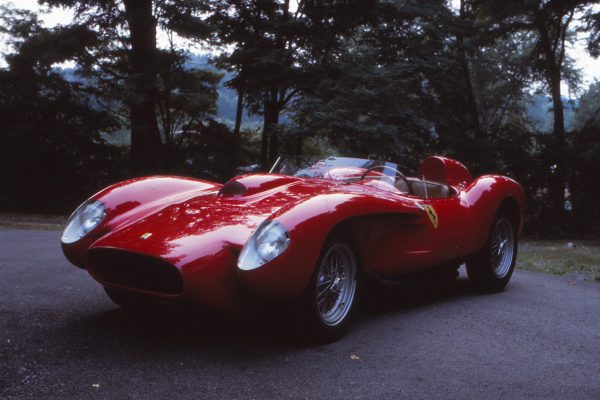

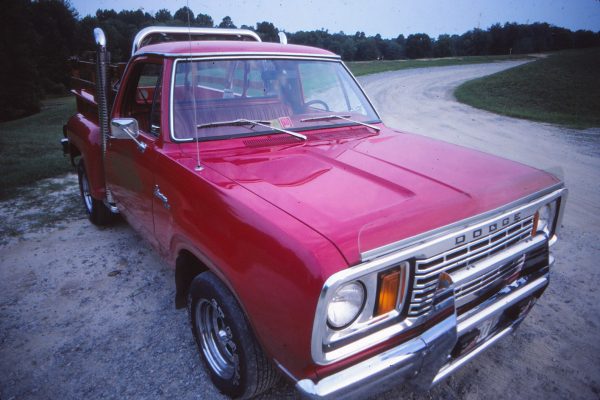
What Do You Think?
You must be logged in to post a comment.